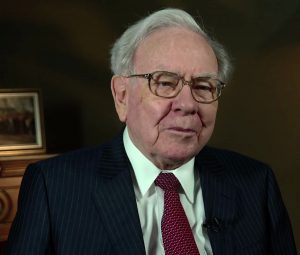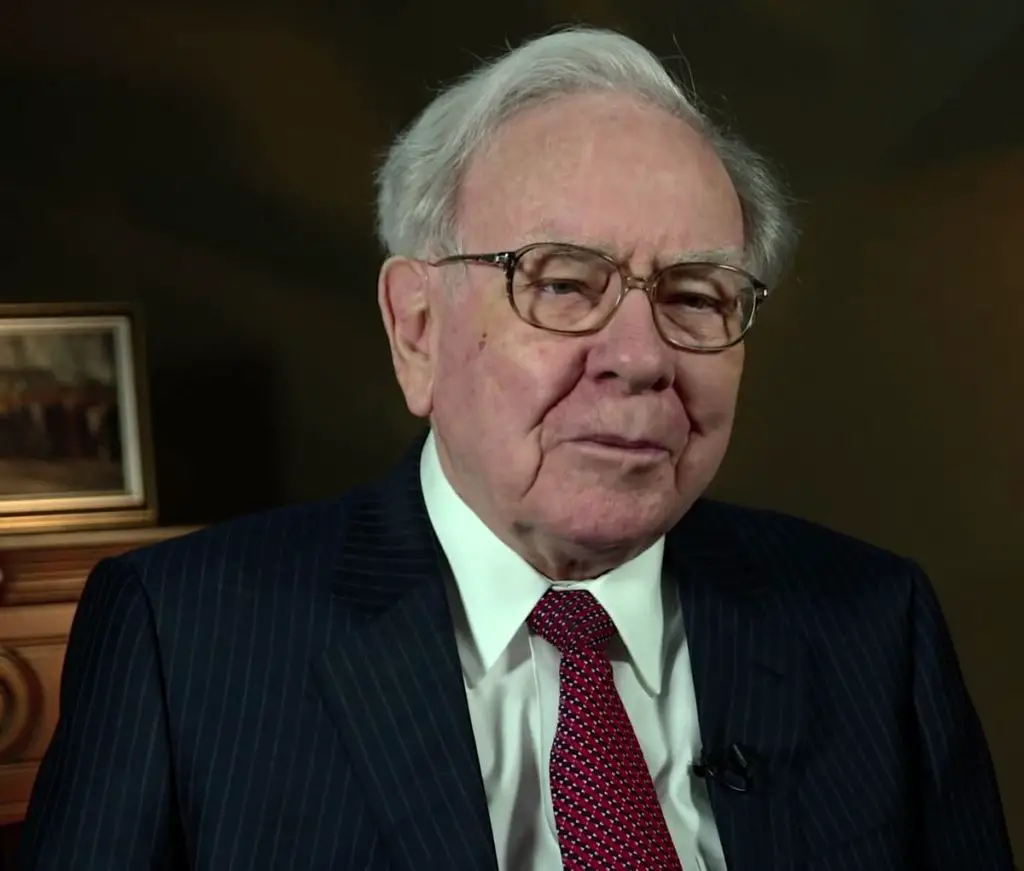
This is a Guest Post by Will Ashworth, InvestorPlace.com Contributor
If you’re new to investing, one of the best ways you can dip your toe into the water is to buy a mutual fund or exchange-traded fund (ETF) that invests in all 505 of the S&P 500’s stocks.
Your first question: What is the S&P 500? Your second question: How come there are 505 stocks, not 500? Both are relatively painless questions to answer.
First, the S&P 500 represents 500 of the largest and most established companies listed on a U.S. stock exchange. You’re likely familiar with many of the index’s constituents.
The S&P 500’s largest company by market capitalization [share price multiplied by number of shares outstanding] is Microsoft (NASDAQ:MSFT) at $825 billion.
Warren Buffett, one of the most successful investors of all time, has said that most investors should simplify their investments to deliver better long-term returns. He put it this way in his 2013 annual letter to shareholders:
“My advice [to the trustee] couldn’t be more simple: Put 10% of the cash in short-term government bonds and 90% in a very low-cost S&P 500 index fund. (I suggest Vanguard’s.) …I believe the trust’s long-term results from this policy will be superior to those attained by most investors — whether pension funds, institutions or individuals — who employ high-fee managers.”
Low costs and few moving parts wins the game in the long run.
The second question requires much less legwork.
There are 505 stocks in the index because some of the companies, such as Buffett’s Berkshire Hathaway (NYSE:BRK.A, NYSE:BRK.B), have more than one class of shares, which means Berkshire Hathaway counts as two holdings, not one.
Simple, right?
Now that I’ve answered the two questions, I better cut to the chase by providing readers with a short list of ways to buy S&P 500 stocks.
Option # 1 – An Oldie But a Goodie
The oldest ETF in the U.S. — launched in 1993 — is the SPDR S&P 500 ETF (NYSEARCA:SPY). It also happens to be the biggest with $256 billion in assets.
However, remember what Buffett said about low-cost funds. It’s not the cheapest of the ETFs tracking the S&P 500 (it charges 9 cents for every $1,000 you invest,) but it is the most popular.
Option # 2 – The Low-Cost Options
Two of the next three-largest U.S.-listed ETFs also invest in every one of the S&P 500 stocks — the Vanguard S&P 500 ETF (NYSEARCA:VOO) has $101.4 billion in assets and charges 0.04% as does the iShares Core S&P 500 ETF (NYSEARCA:IVV) with $157.6 billion in assets. These each give you plenty of choice when it comes to capturing a significant portion of American equities.
Option # 3 – Buy Buffett’s Stock
Berkshire Hathaway has often been compared to a very large mutual fund because it owns $200 billion worth of publicly traded stocks, most of them part of the S&P 500.
However, in addition to the equities, you get a small piece of hundreds of private companies operating in all kinds of different sectors of the economy.
The best part: Buffett won’t charge you annual fees to own his fund. He’ll just deliver long-term returns that handily beat the S&P 500.
From 1965 to 2017, Berkshire Hathaway stock’s generated a compound annual growth rate of 20.9%, more than double the S&P 500.
The Verdict on Investing in S&P 500 Stocks
As Warren Buffett suggests, you ought to do it early and often and at the lowest cost possible.
These three options plus mutual funds that track the S&P 500 index (they’re slightly more expensive than ETFs) will get the job done while letting you sleep easier at night.
As of this writing, Will Ashworth did not hold a position in any of the aforementioned securities.
